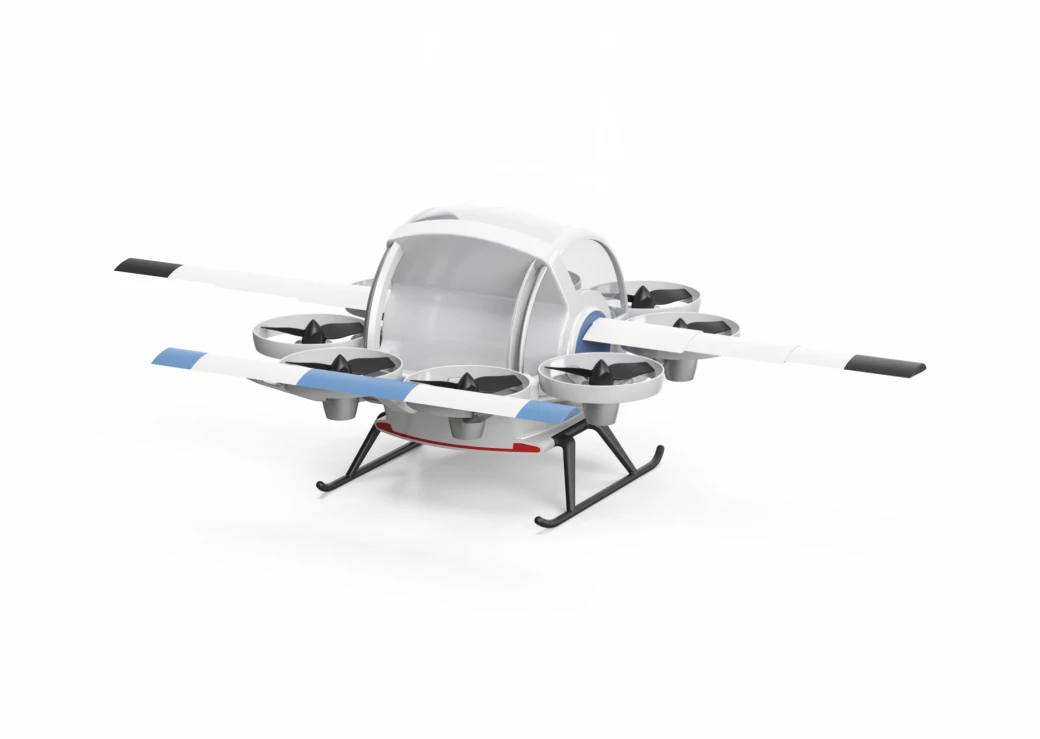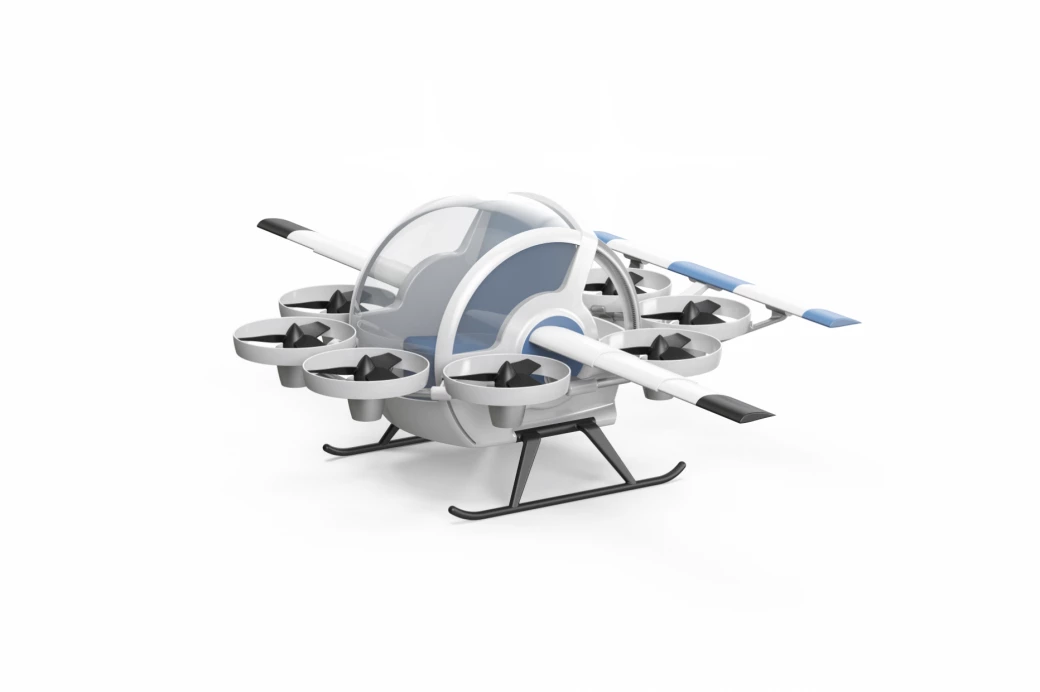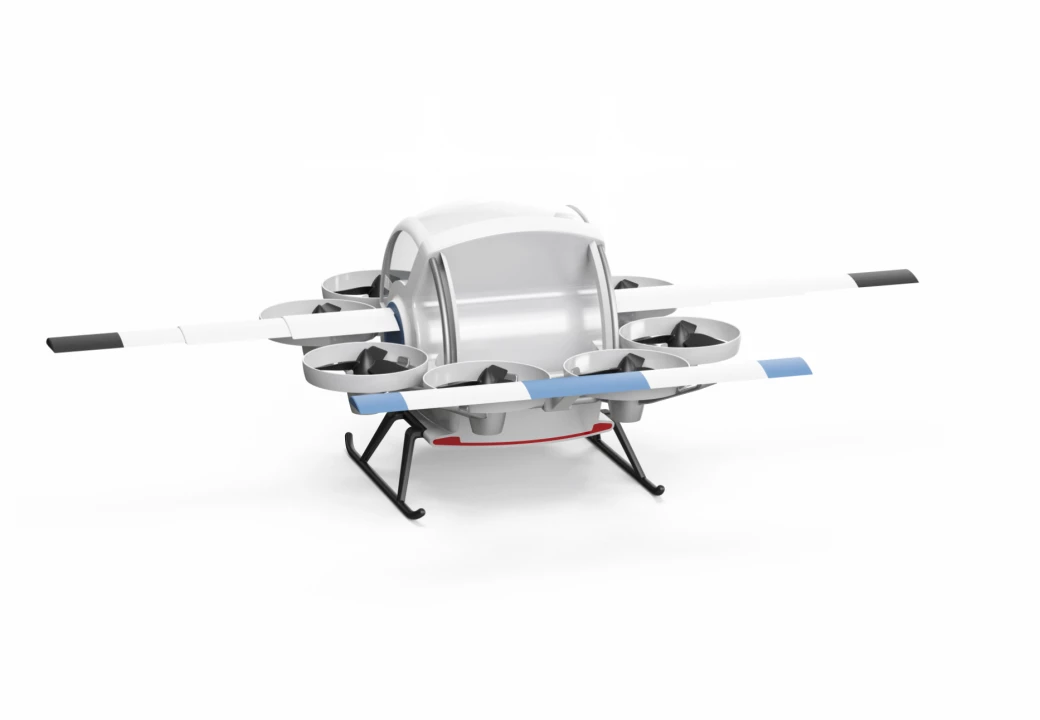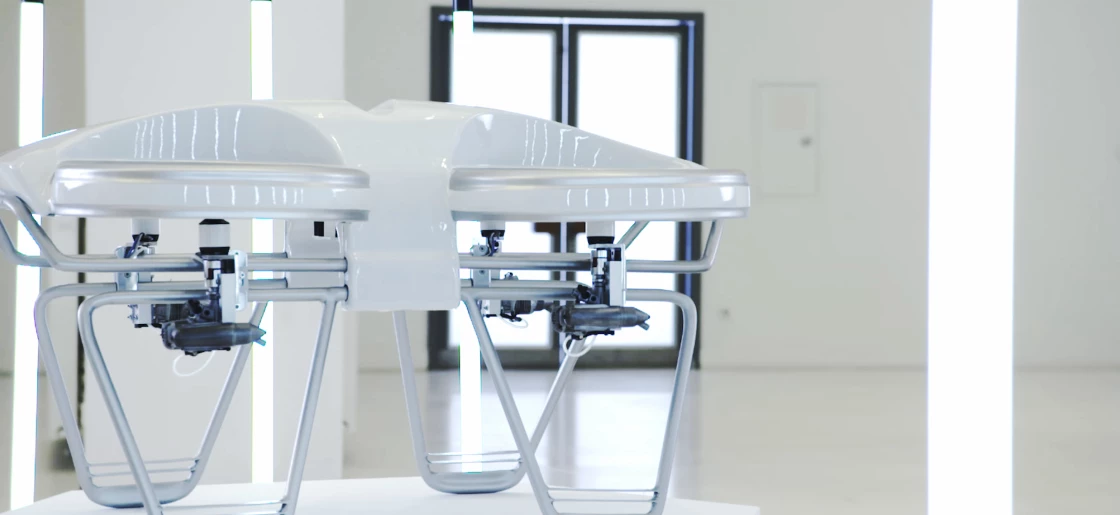One hour of flight time, a top speed of 100 km/h (62 mph), a payload of 5 kg (11 lb) – these are big figures for a drone, and figures that are basically out of reach using today's LiPo battery technology. But German startup Yeair! believes it's possible using a hybrid system in which each rotor is driven by two motors – an electric, and a two-stroke 10cc gasoline engine. And the Yeair! team has its sights set on something even more impressive down the track – personal flight in a two-seater hybrid octocopter. The quadcopter of the future, according to German startup Yeair!, will eclipse the performance of current quads by using the fuel of the future… Gasoline. Wait, what?
Quadcopters certainly appear to be limited by their battery capacities at the moment. Twenty minutes is a pretty decent flying time for most consumer level drones, and top speeds around 60 km/h (37 mph) are the best you'll get out of something like the Phantom series quads. But the team of designers at Yeair! is hoping to bring the power-to-weight advantages of internal combustion engines to the world of quadcopters with a Kickstarter campaign launched yesterday.

The Yeair! quad is a fairly large design, measuring just under 900 x 750 mm (35.4 x 29.5 in) and standing over half a meter (1.6 ft) tall on its auto-folding landing gear. Each of its four grill-protected rotors is powered by a separate 1.6 kW, 10cc two-stroke engine, with each of these engines assisted by a 600-watt electric motor.
Gasoline engines are great for delivering consistent power, but they're not nearly as quick or responsive as electric motors, and that's a must for stable quadcopter flight. So the gasoline motors do the bulk of the heavy lifting, but the electrics kick in to assist when quick changes in rpm are required.
The Yeair! quad has an onboard 1.5 liter fuel tank and a small 1,250 mAh battery, which generally won't need recharging as it's charged during normal flight by the two-stroke engines. The electric motors also act as inbuilt starter motors for the gas engines.

Using this hybrid combination, Yeair! claims to be able to deliver some pretty sweet numbers. Up to an hour in the air on a tank of two-stroke fuel, with a range of up to 55 km (34 mi) or a top speed around 100 kmh (62mph). It should be able to carry a payload of around 5 kg (11 lb), which would handle some pretty impressive camera gear.
The team claims the quad is also powerful enough to handle strong winds, and that its dual motor system provides a redundancy option that'll let you bring your Yeair! down to earth safely in the event of an engine malfunction. Mind you, since both motors operate off the same shaft, you're going to be in trouble if the two-stroke's piston seizes.
Early bird Kickstarter pricing starts at €1,399 (US$1,525) and if the campaign manages to get off the ground, Yeair! says it will ship anywhere in the world. It certainly looks like a fairly chunky piece of kit.
Once its small quadcopter business is up and running, though, the Yeair! team has a bigger goal in mind – personal flight. Multicopters seem to offer just about the best solution around for a Jetsons-style flying car; they're stable, easy to fly, reasonably reliable, and becoming mature as a technology. With enough energy storage on board, there's no reason why they couldn't carry people about.
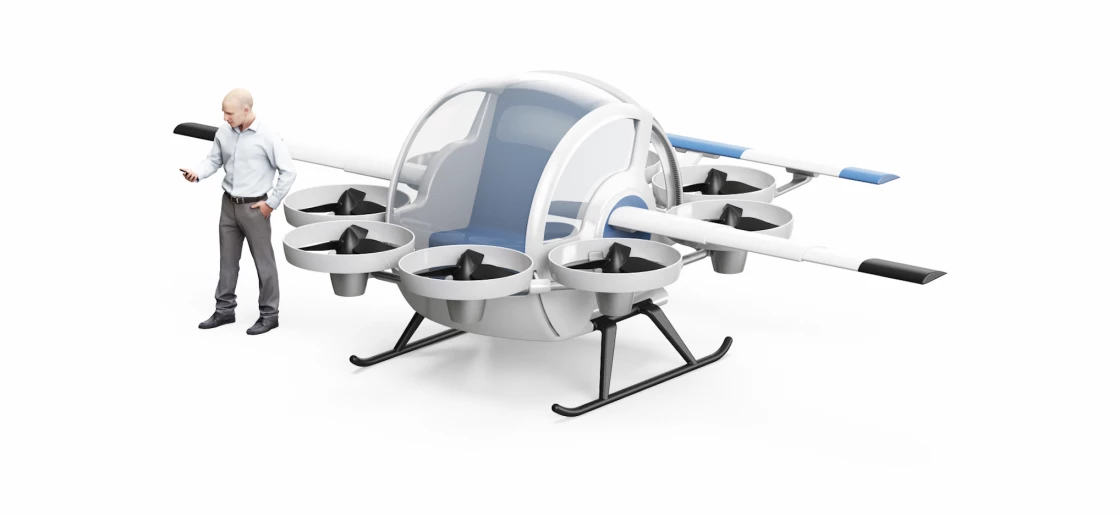
Yeair! has put together some early sketches of its "Persocopter", a winged octocopter big enough to seat two people. We won't be holding our breath for that one, but it's still a very nifty thought!
Source: Yeair!

